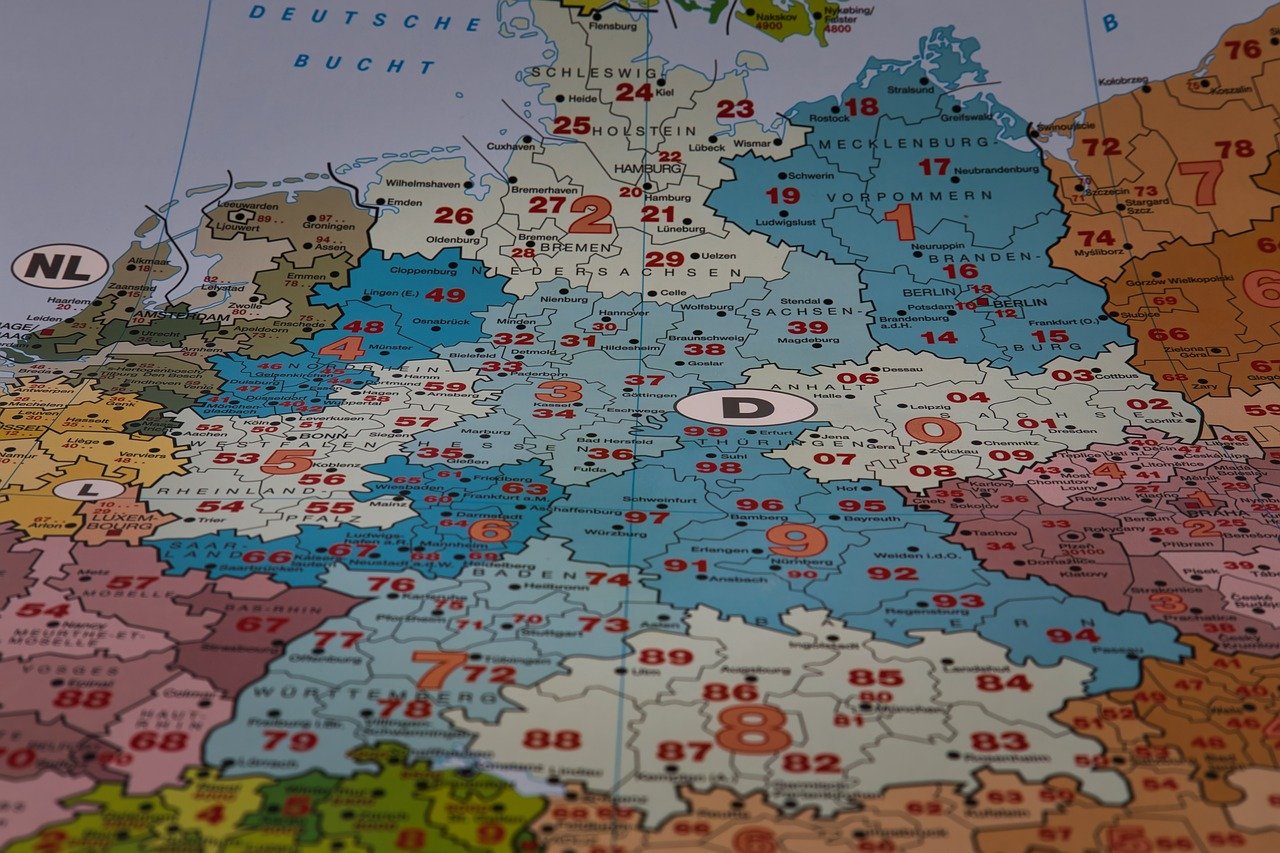Germany’s labour market is showing clear regional divides. According to detailed data released by the Federal Employment Agency on 22 September 2025, unemployment rose nationwide by around 153,000 compared to the previous year, bringing the total to 3.025 million. But the increases are far from evenly distributed.
While the average rise was about 5 percent, many southern regions are experiencing far sharper increases, whereas several areas in northern Germany are reporting declines.
Straubing leads in job losses, Höxter sees improvement
The Bavarian city of Straubing, with about 50,000 inhabitants, saw the steepest relative increase. In August 2025, 1,901 people were registered as unemployed – a jump of 27.2 percent compared to 2024.
By contrast, the district of Höxter in North Rhine-Westphalia recorded Germany’s strongest improvement, with jobless numbers falling by 9.5 percent.
South Germany under pressure
Six of the ten regions with the steepest increases are located in Bavaria and Baden-Württemberg.
After Straubing (+27.2%), the biggest risers include Tuttlingen in Baden-Württemberg (+20.2%), Erding (+18.2%), Ingolstadt (+16.6%), Regensburg district (+16.6%) and Neu-Ulm (+16.0%).
Other large increases were seen in Oldenburg (+19.1%), Wuppertal (+16.9%), Leipzig (+16.9%) and Main-Kinzig district in Hesse (+16.5%).
On average, Bavaria (+7.5%) and Baden-Württemberg (+6.9%) recorded the strongest overall growth in unemployment across their regions.
Saxony follows with +6.5%, heavily influenced by sharp rises in Dresden, Chemnitz and Zwickau.
North offers rare bright spots
In contrast, the northern states are performing better. In Mecklenburg-Western Pomerania, unemployment rose only 1.4% on average; Schleswig-Holstein saw a rise of 1.8%.
Several districts even posted declines, such as Ludwigslust-Parchim (-2.7%). Overall, nine of 23 regions across both northern states reported improvements.
Top performers nationwide include Höxter (-9.5%), Wittmund in Lower Saxony (-7.7%), Rastatt in Baden-Württemberg (-7.5%), Hildburghausen in Thuringia (-6.8%) and Ammerland in Lower Saxony (-6.7%).
Big cities vs. smaller towns
A clear split is emerging between larger cities and smaller towns. Major urban centres such as Stuttgart (+14.8%), Wolfsburg (+14.7%), Augsburg (+13.6%), Regensburg (+13.2%) and Munich (+13.0%) all reported significant increases.
The Bavarian capital, home to BMW and other large employers, is particularly exposed.
By contrast, only two major cities saw improvements: Trier (-4.0%) and Krefeld (-0.4%). Other places with modest gains include Bottrop, Bochum, Ludwigshafen and Bremerhaven.
Among mid-sized cities, Emden (-5.6%), Wilhelmshaven (-3.9%), Speyer and Schweinfurt (-3.3% each), and Baden-Baden (-3.2%) also reported progress.
Bavarian mid-sized cities hardest hit
The sharpest rises among towns with fewer than 100,000 residents are concentrated in Bavaria. Alongside Straubing, Ansbach (+13.9%), Schwabach (+10.5%), Bamberg (+10.3%) and Landshut (+10.0%) all faced double-digit increases.
Aschaffenburg (+9.4%) and Kaufbeuren (+9.3%) also reported strong rises. The first non-Bavarian town on the list is Frankfurt an der Oder (+8.8%).









